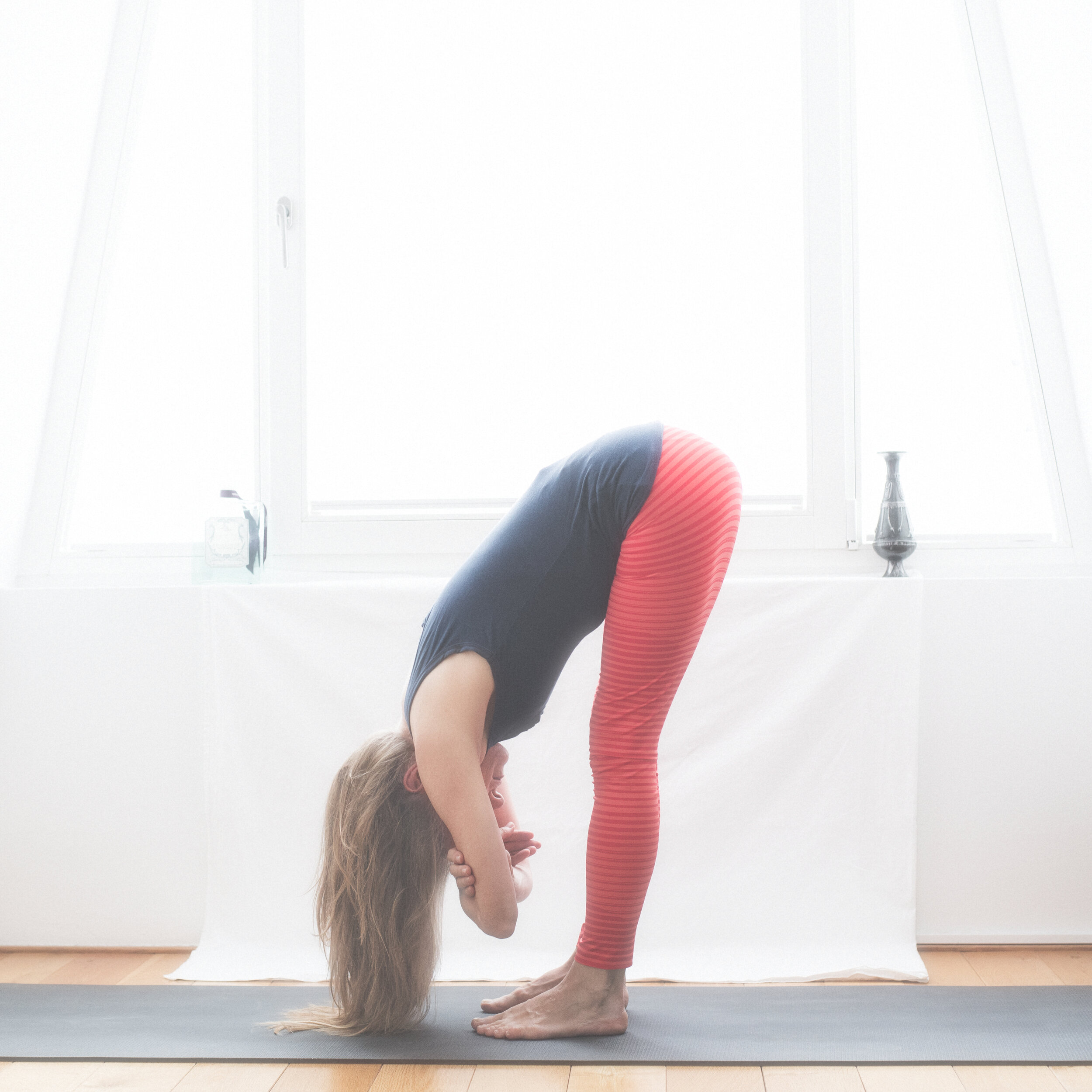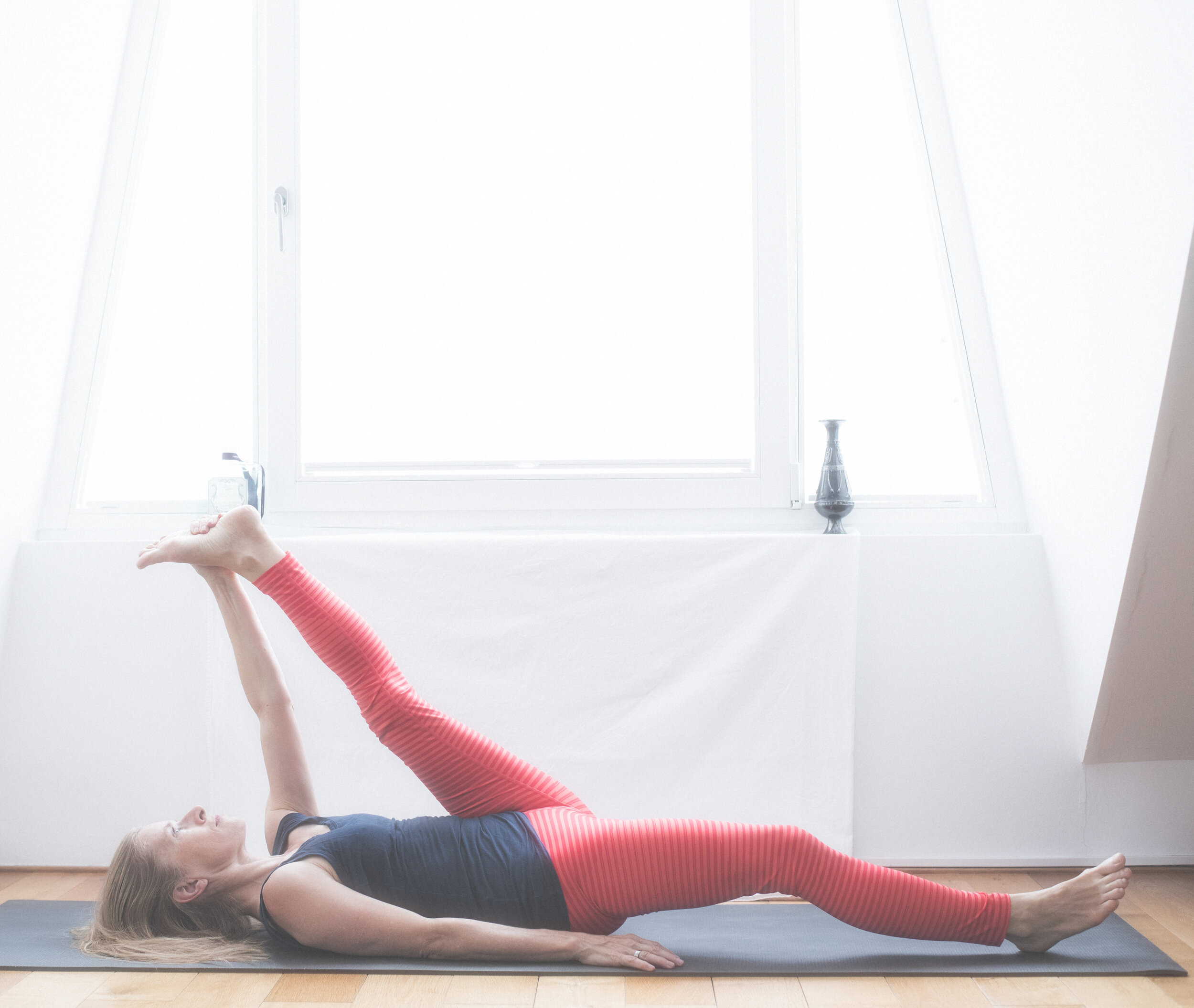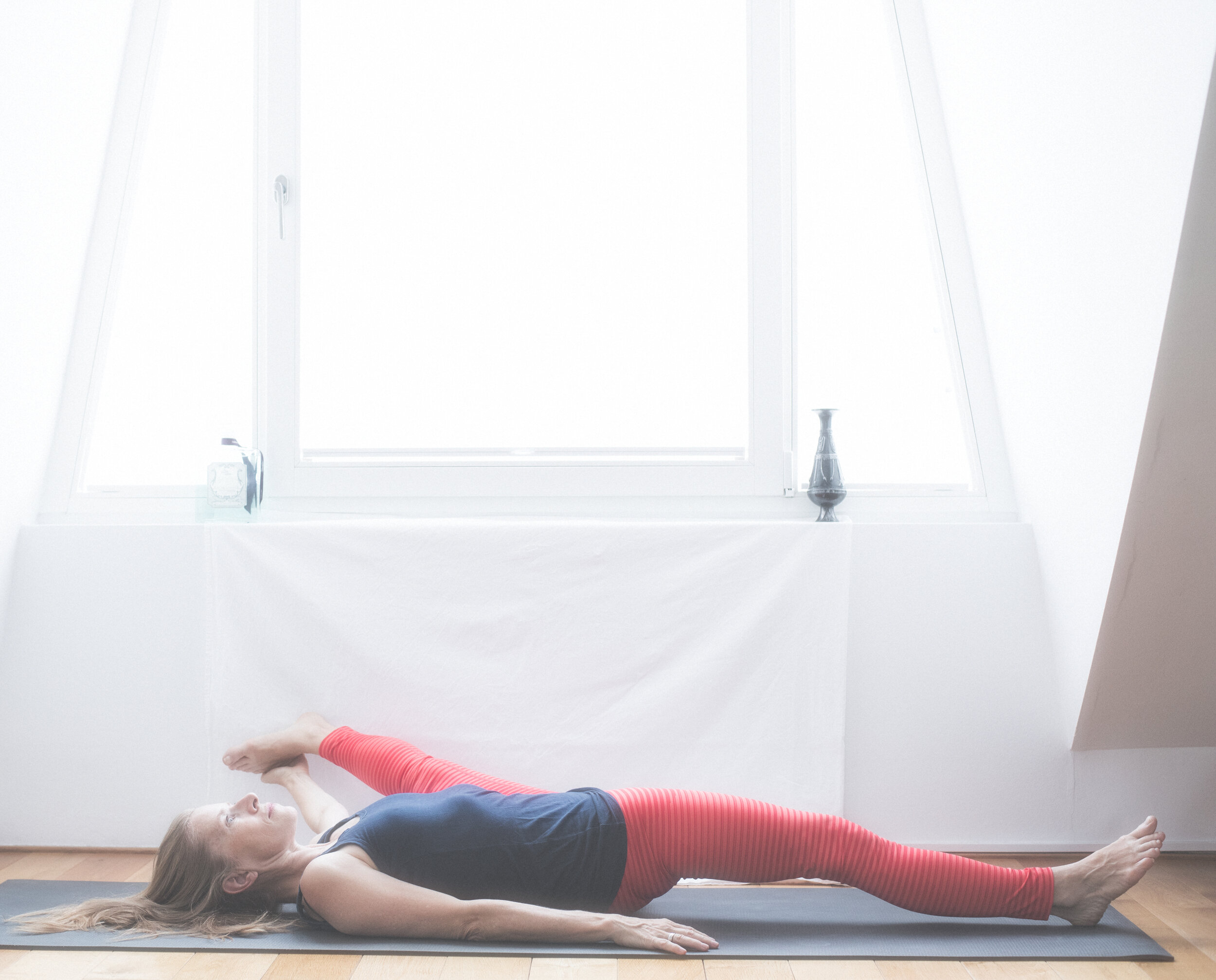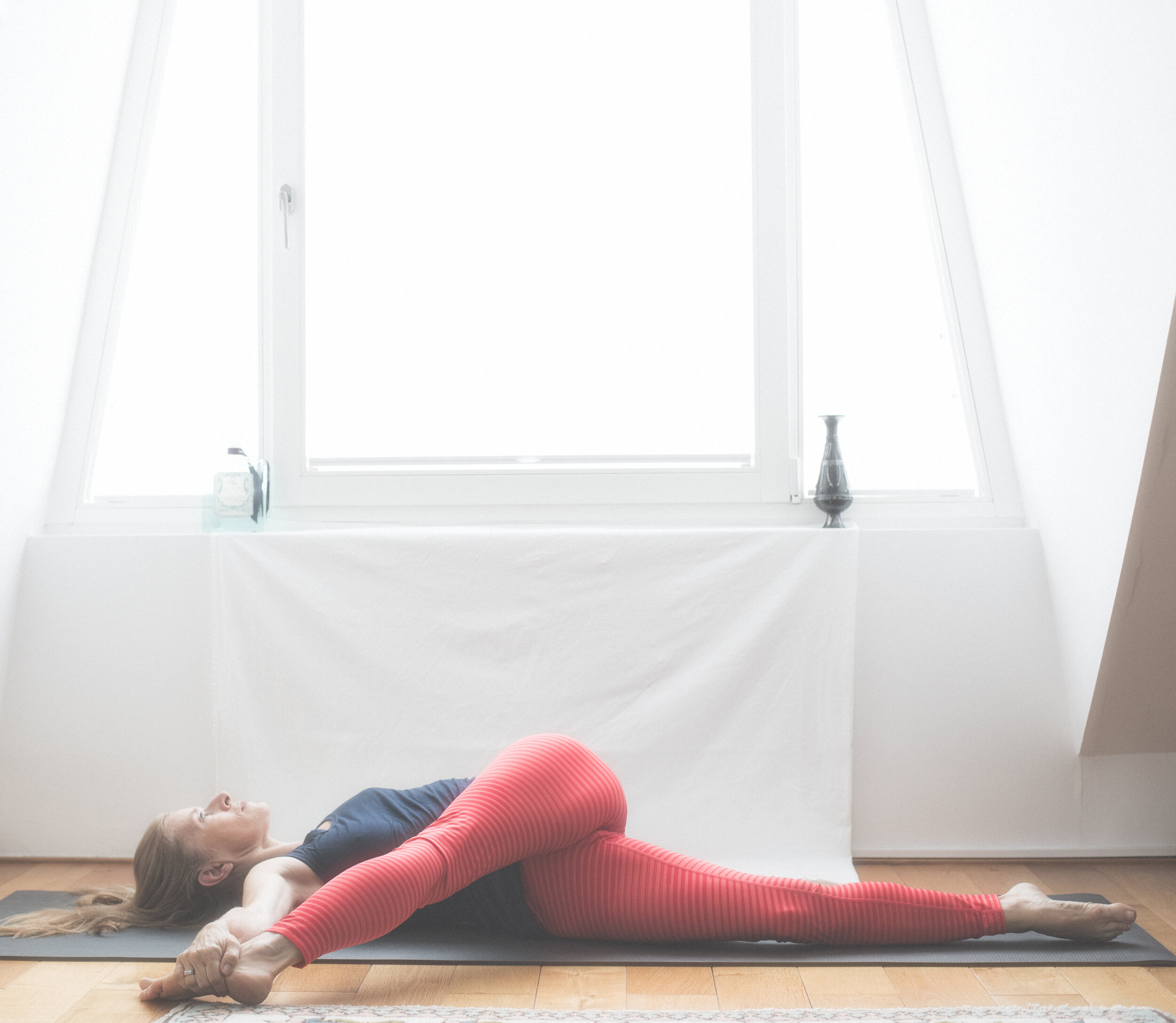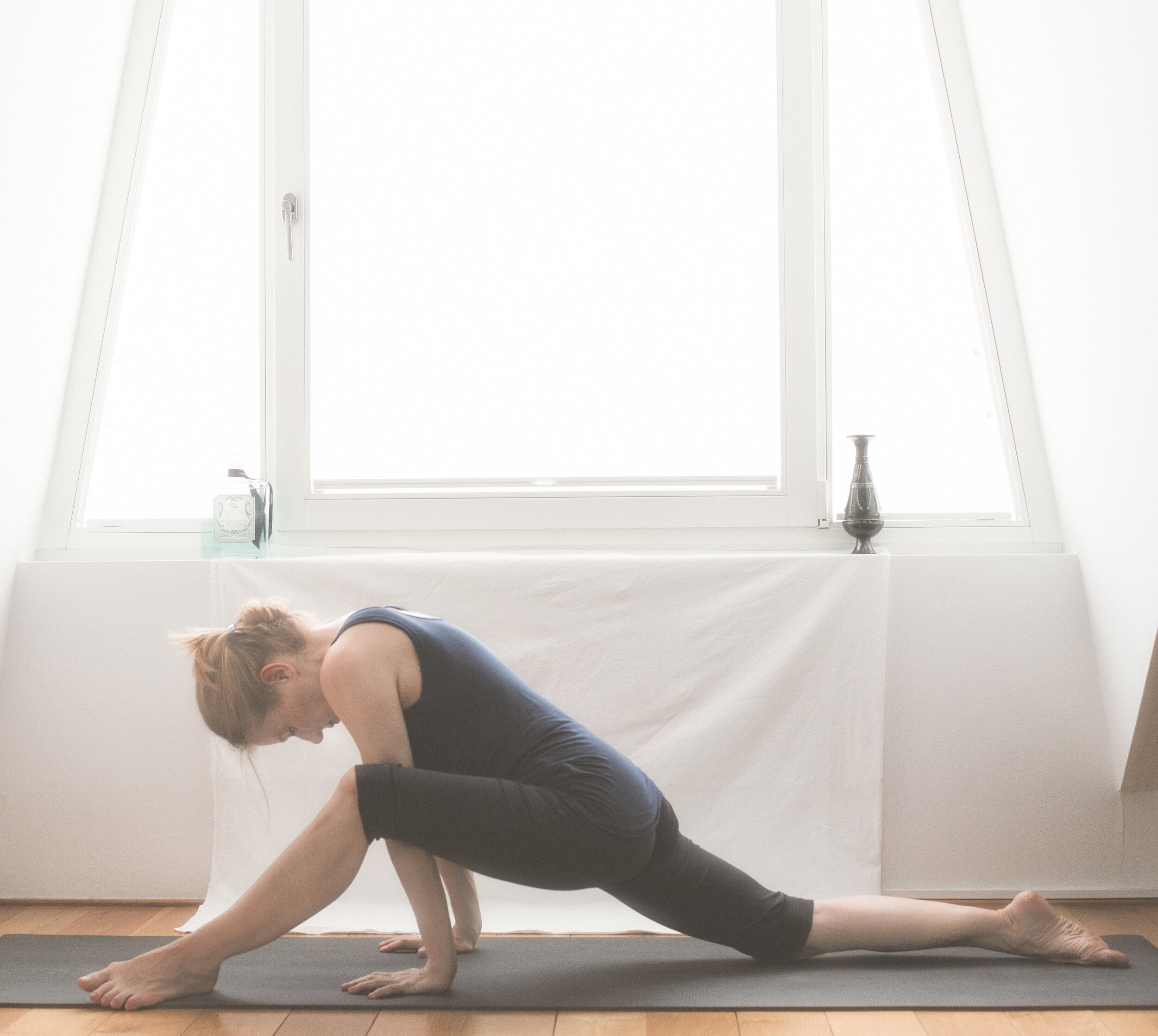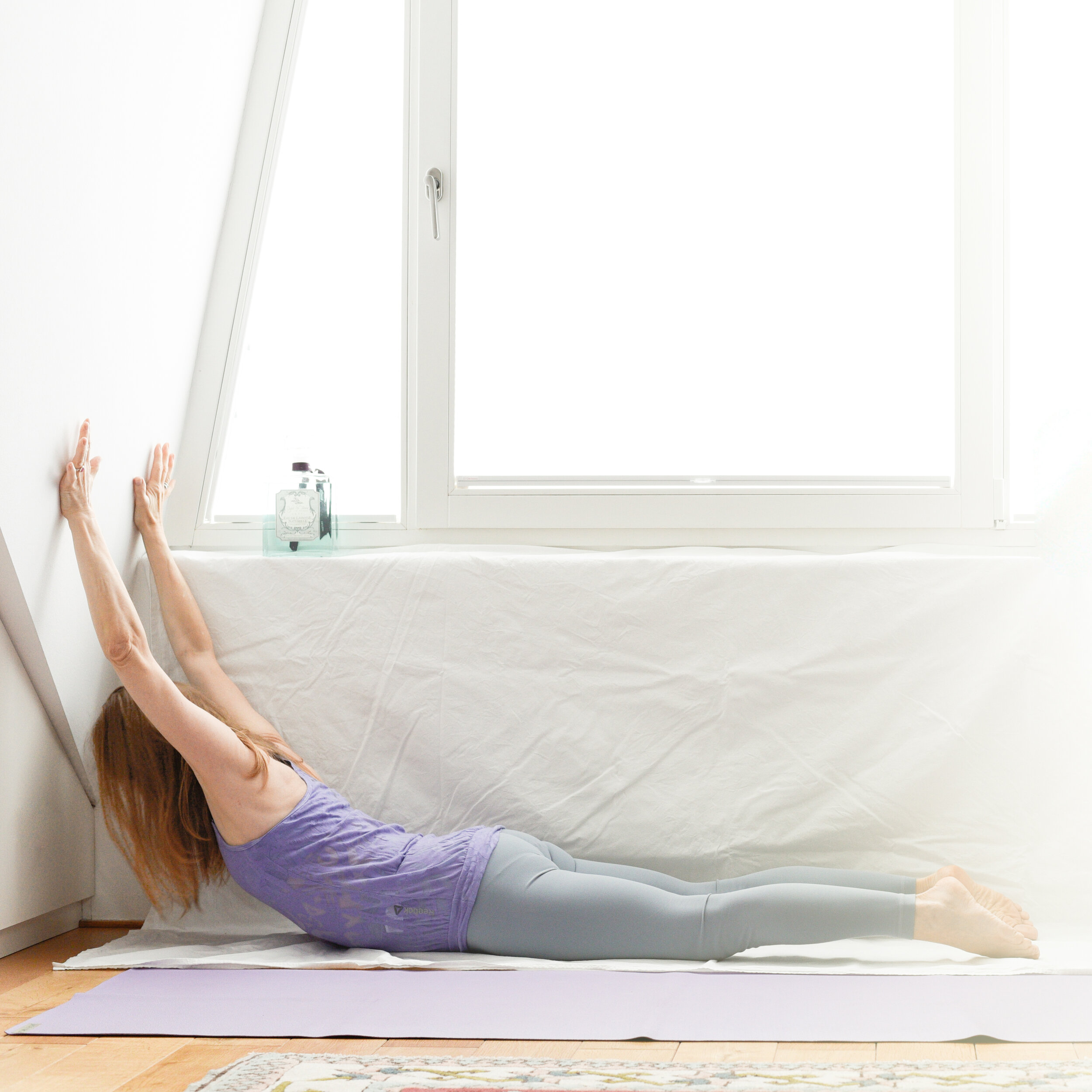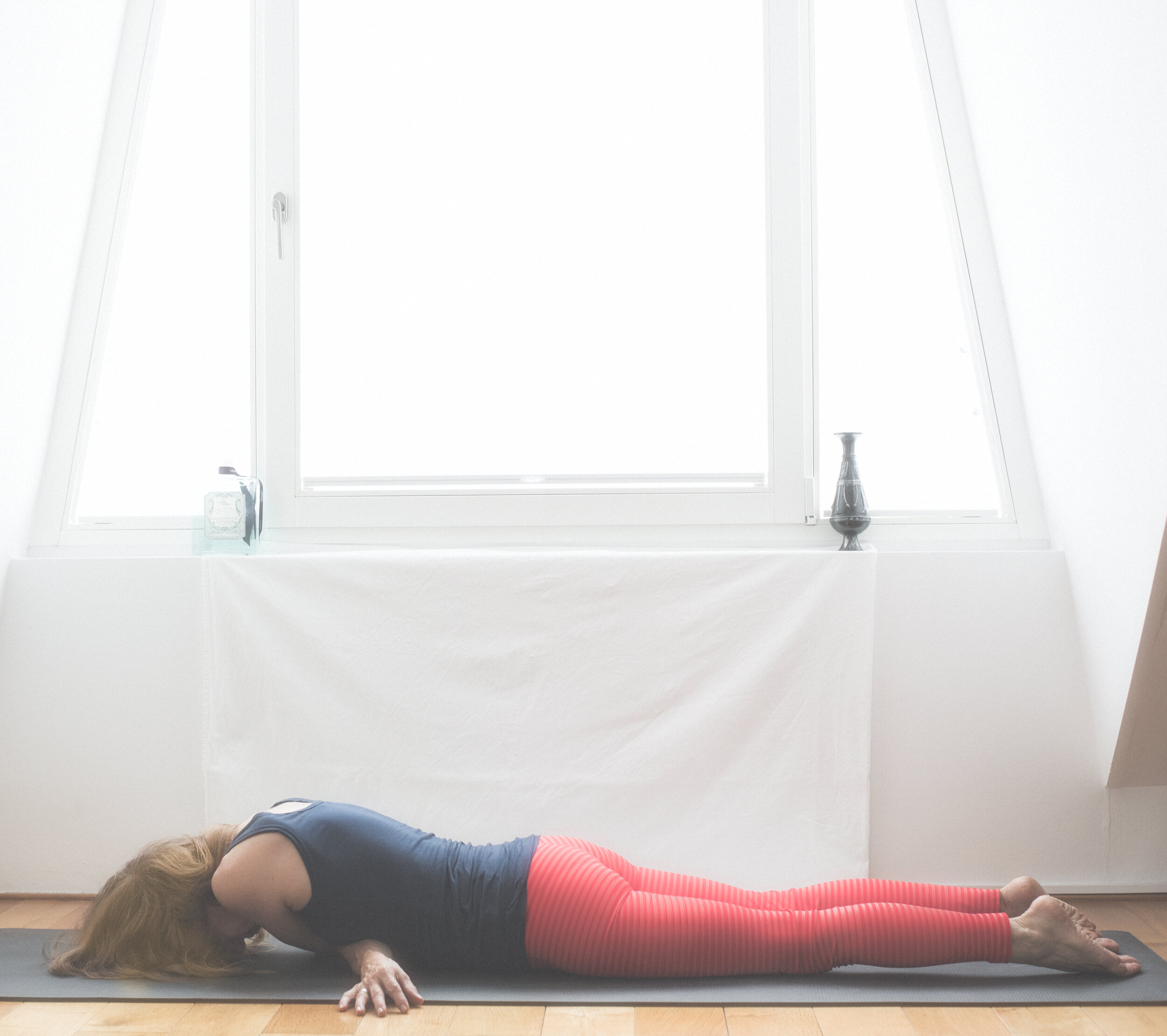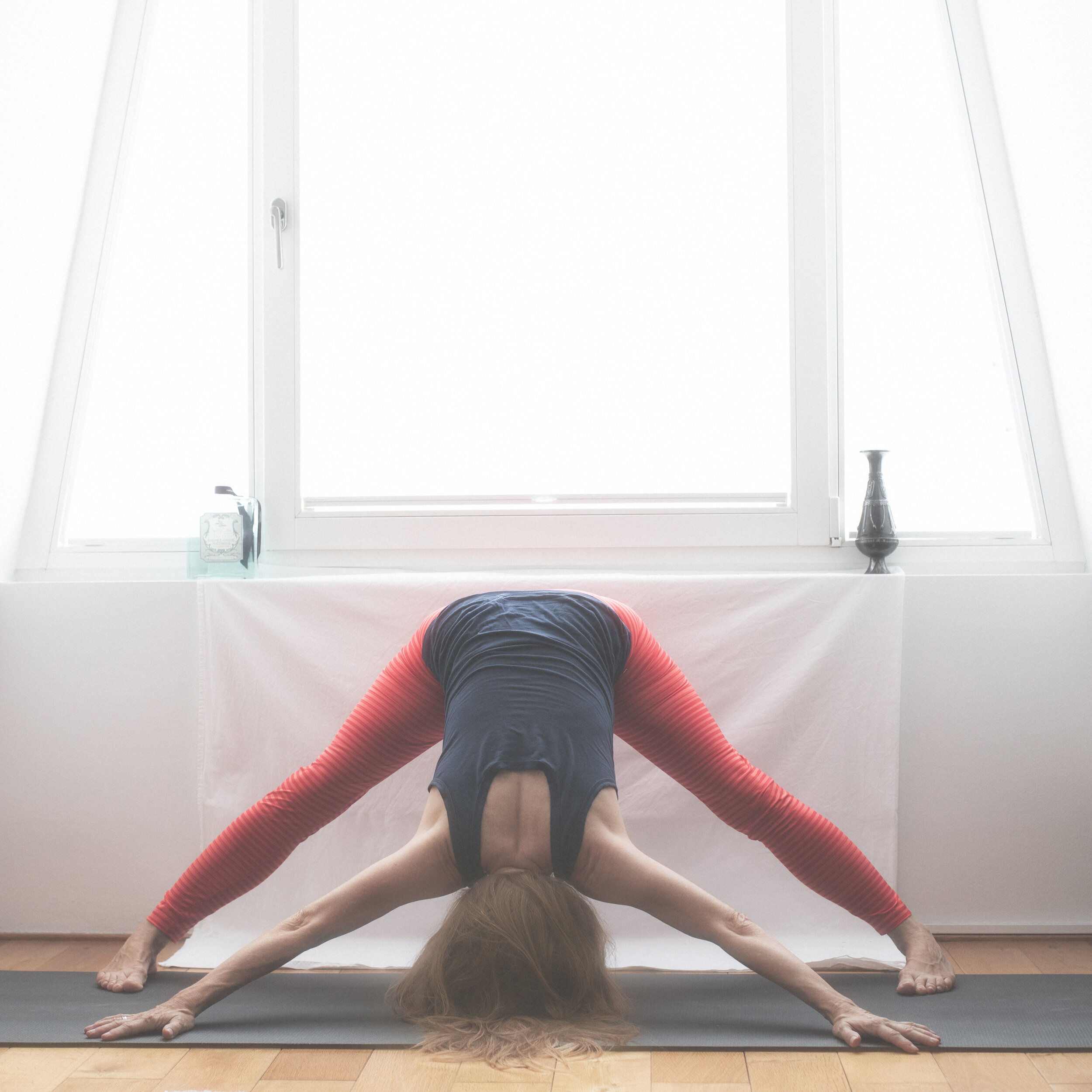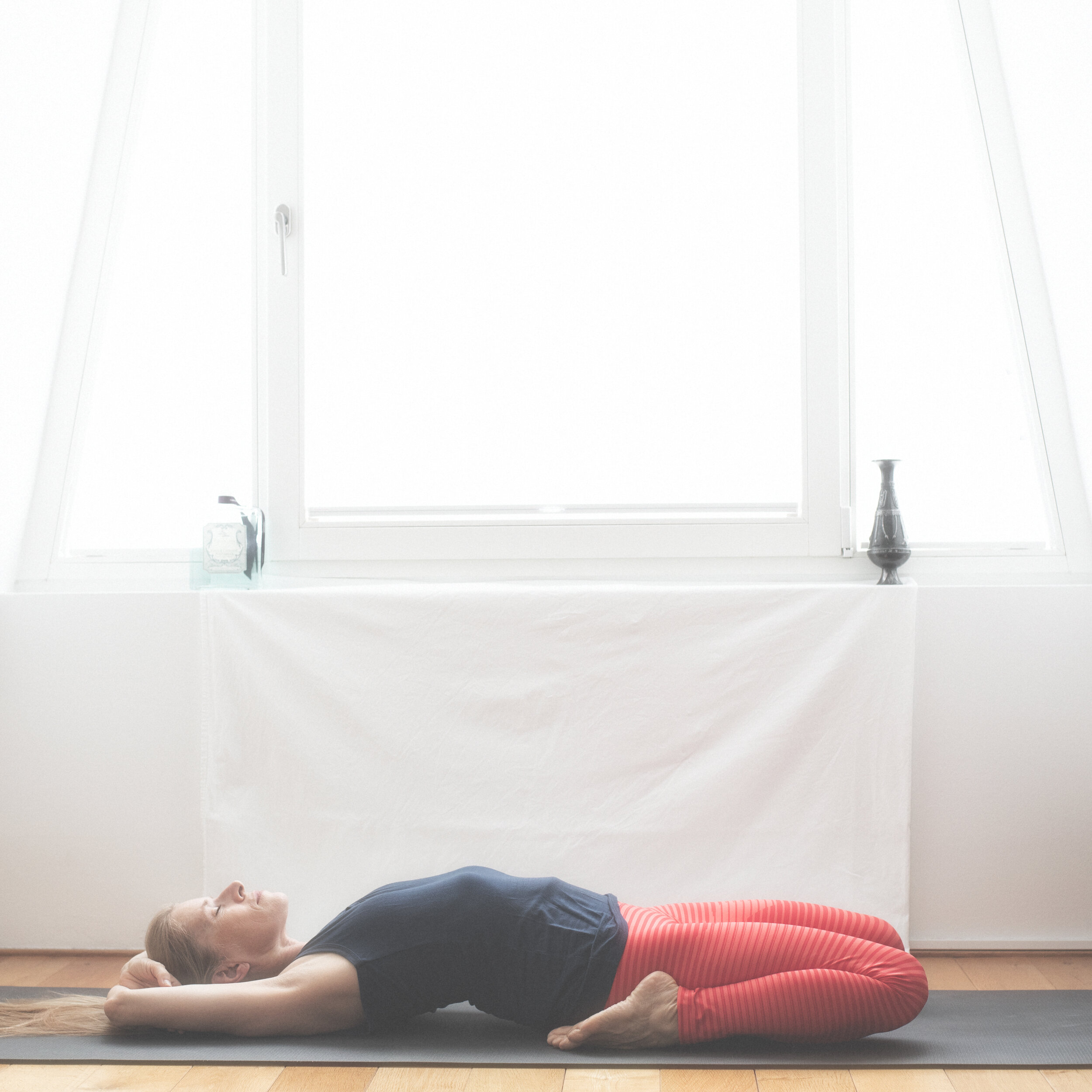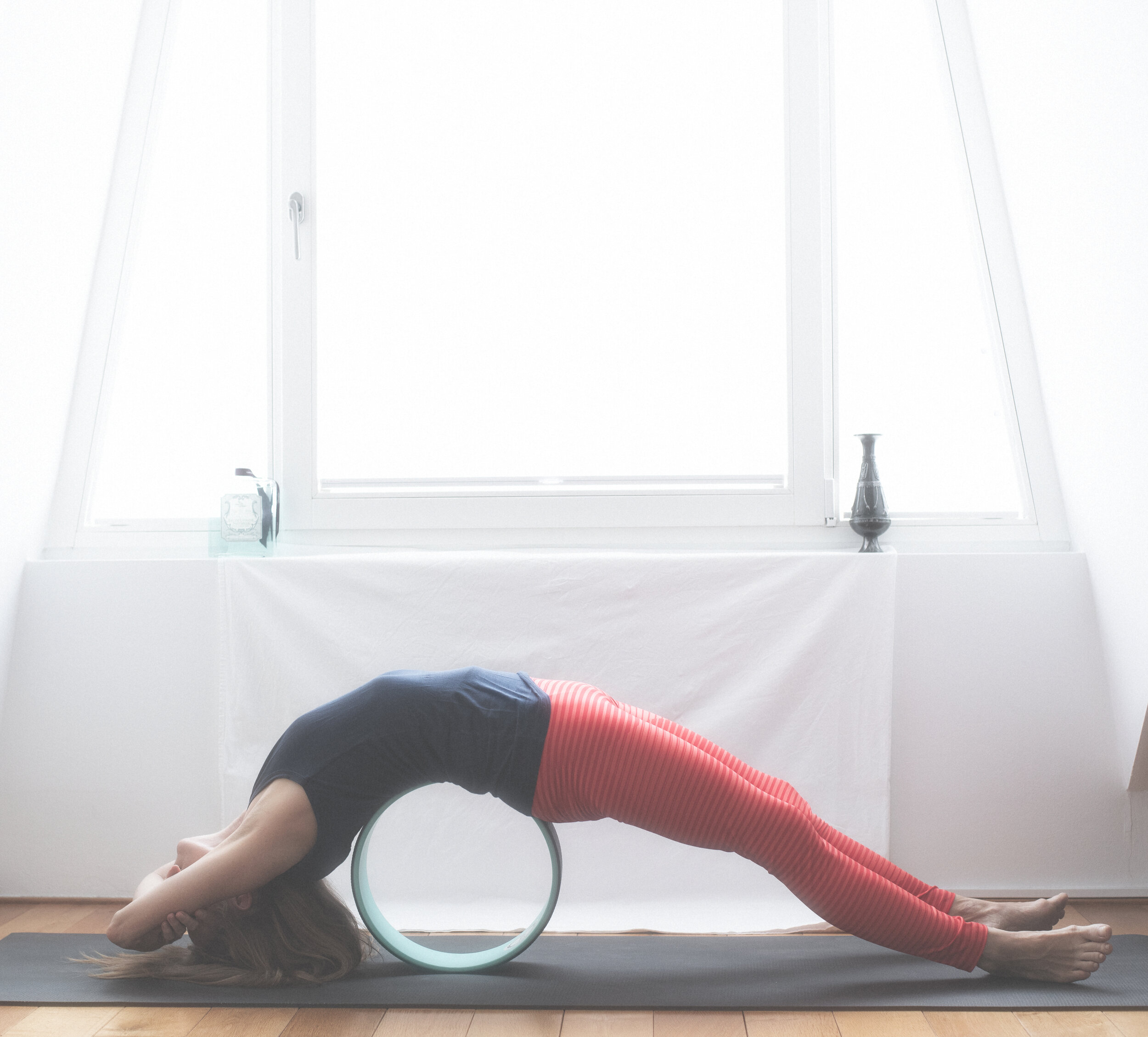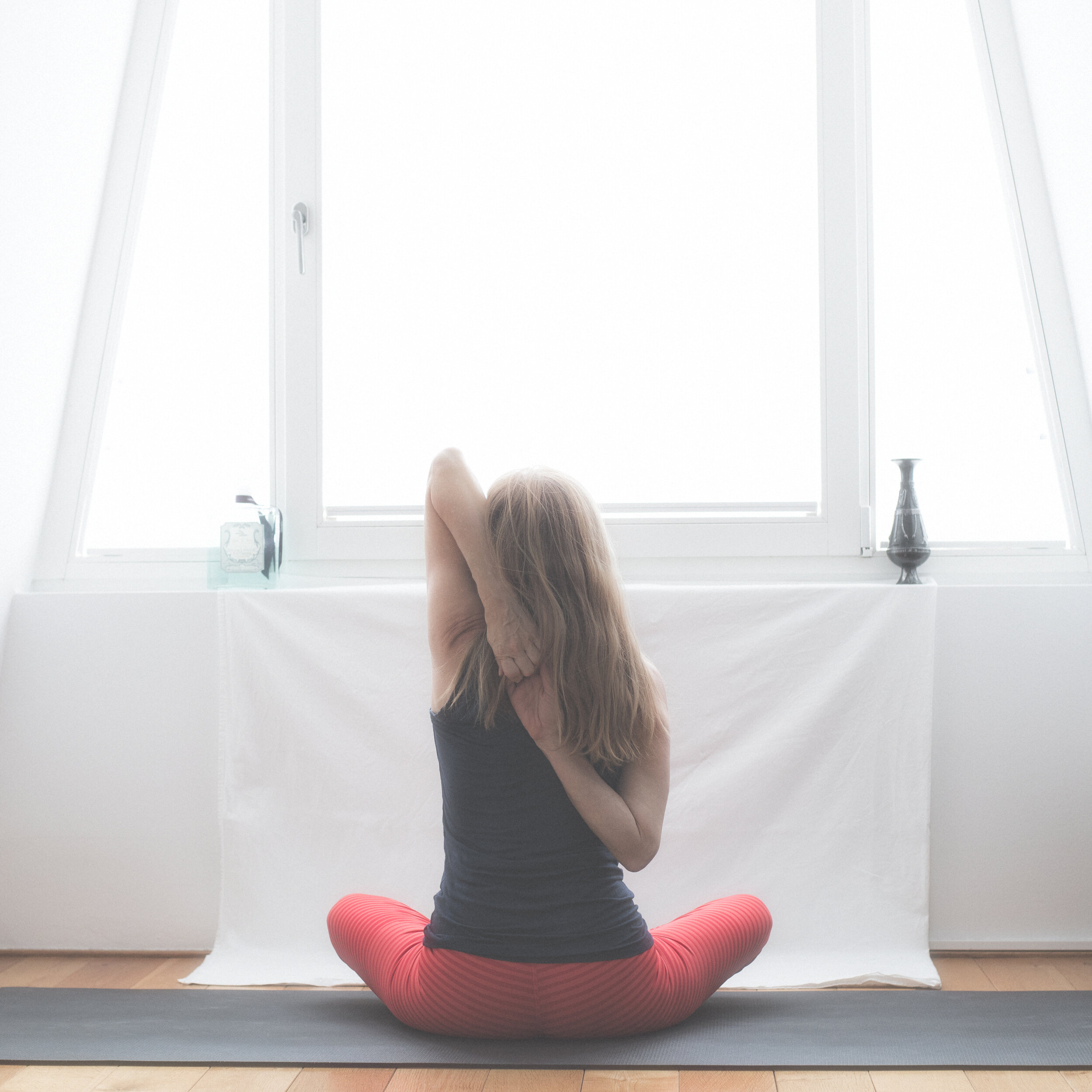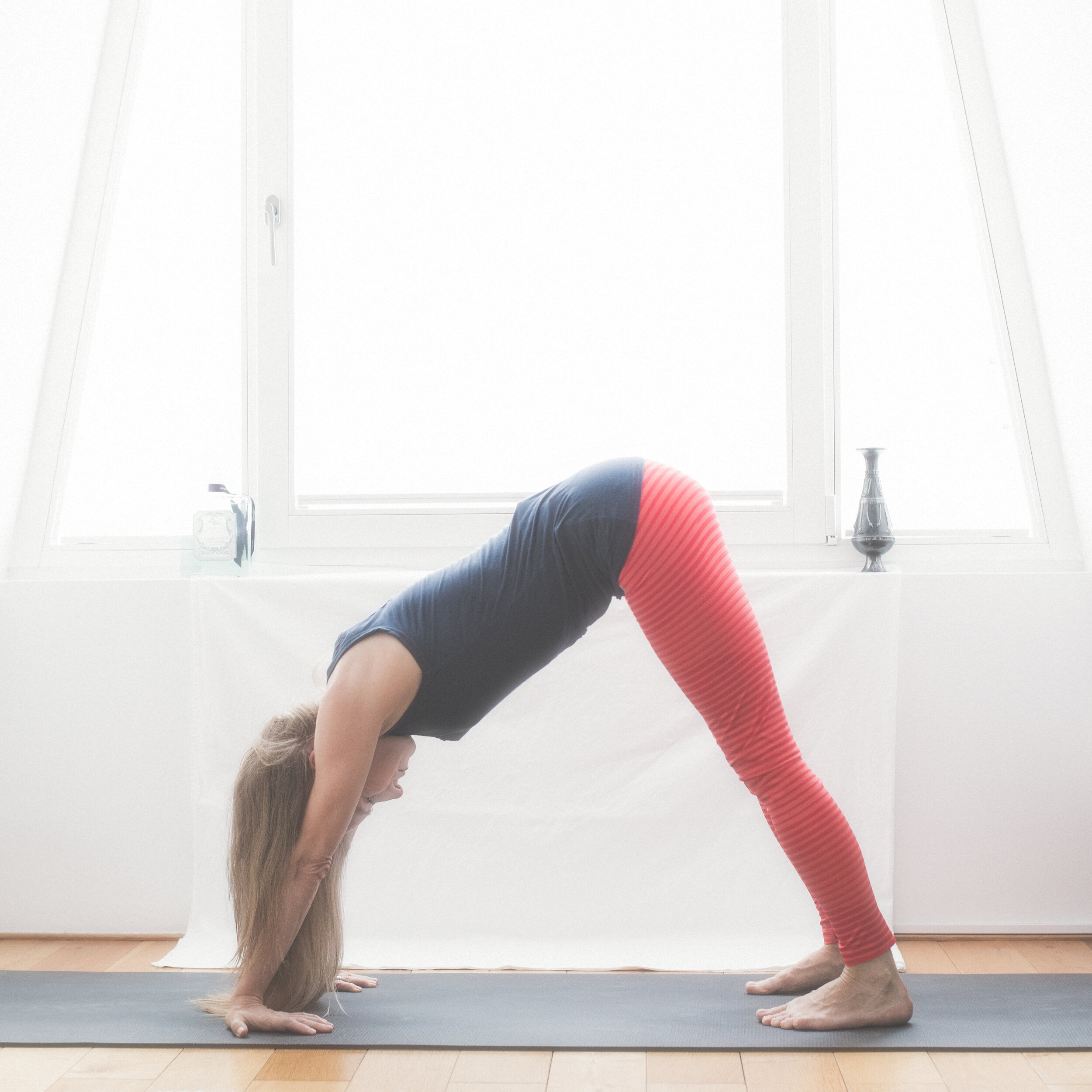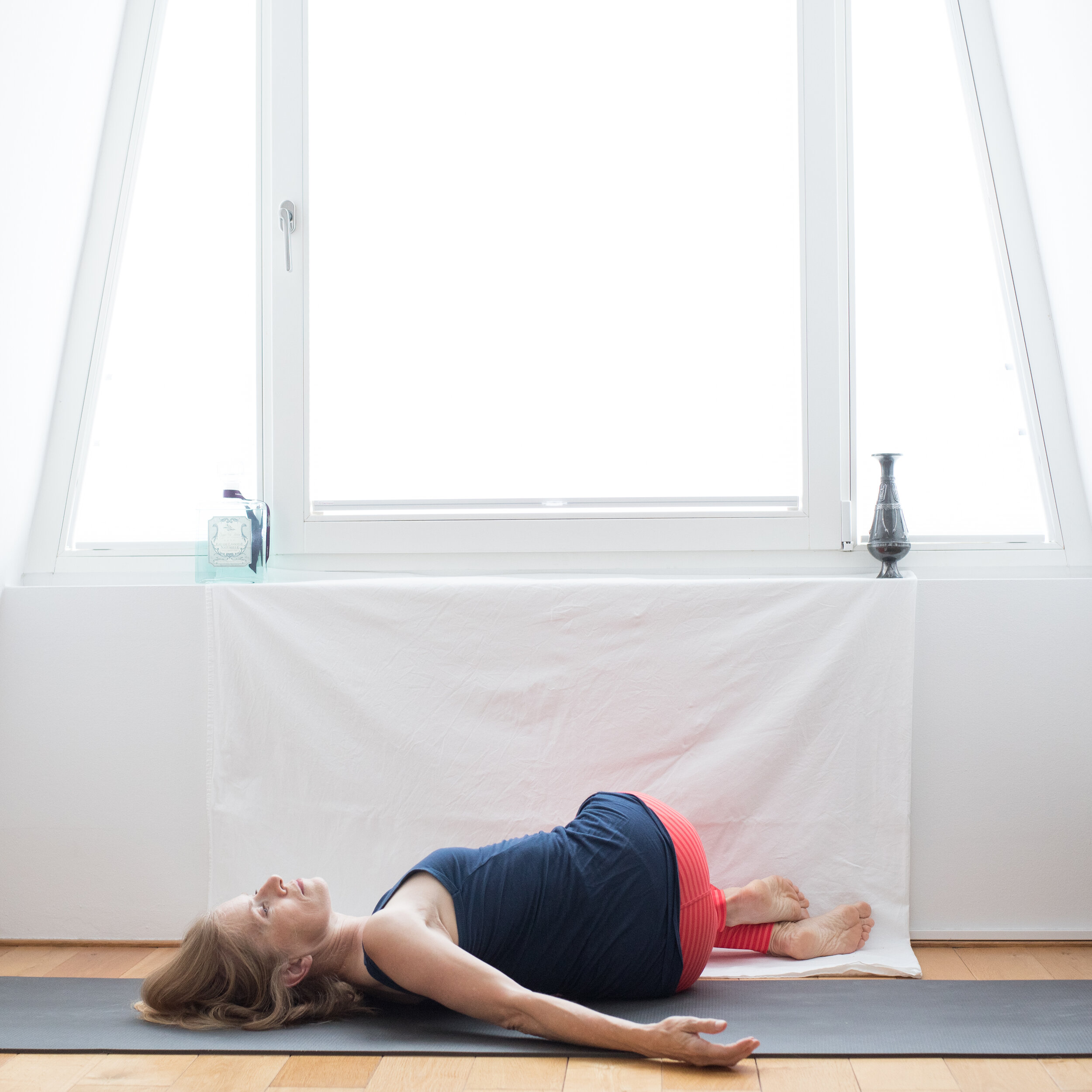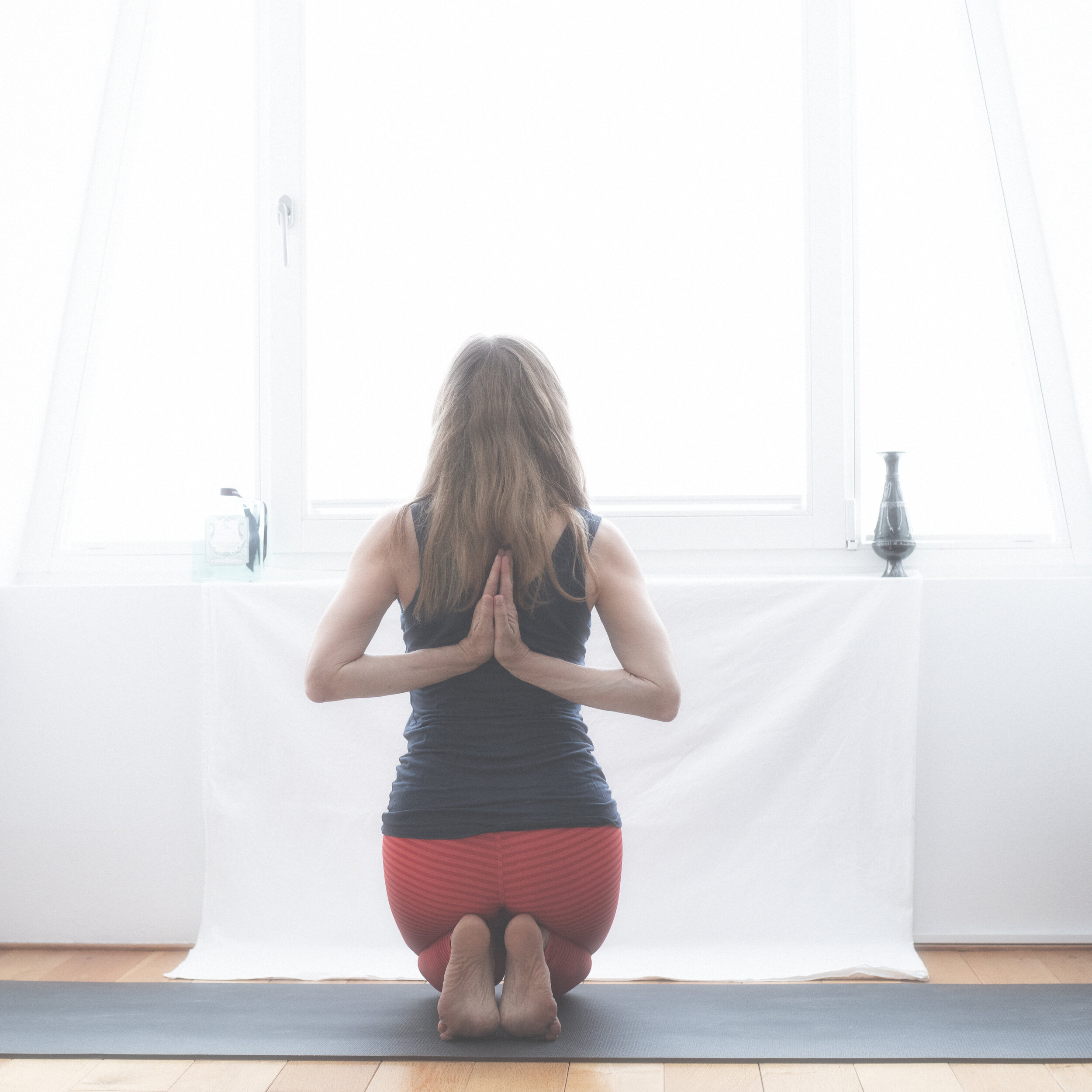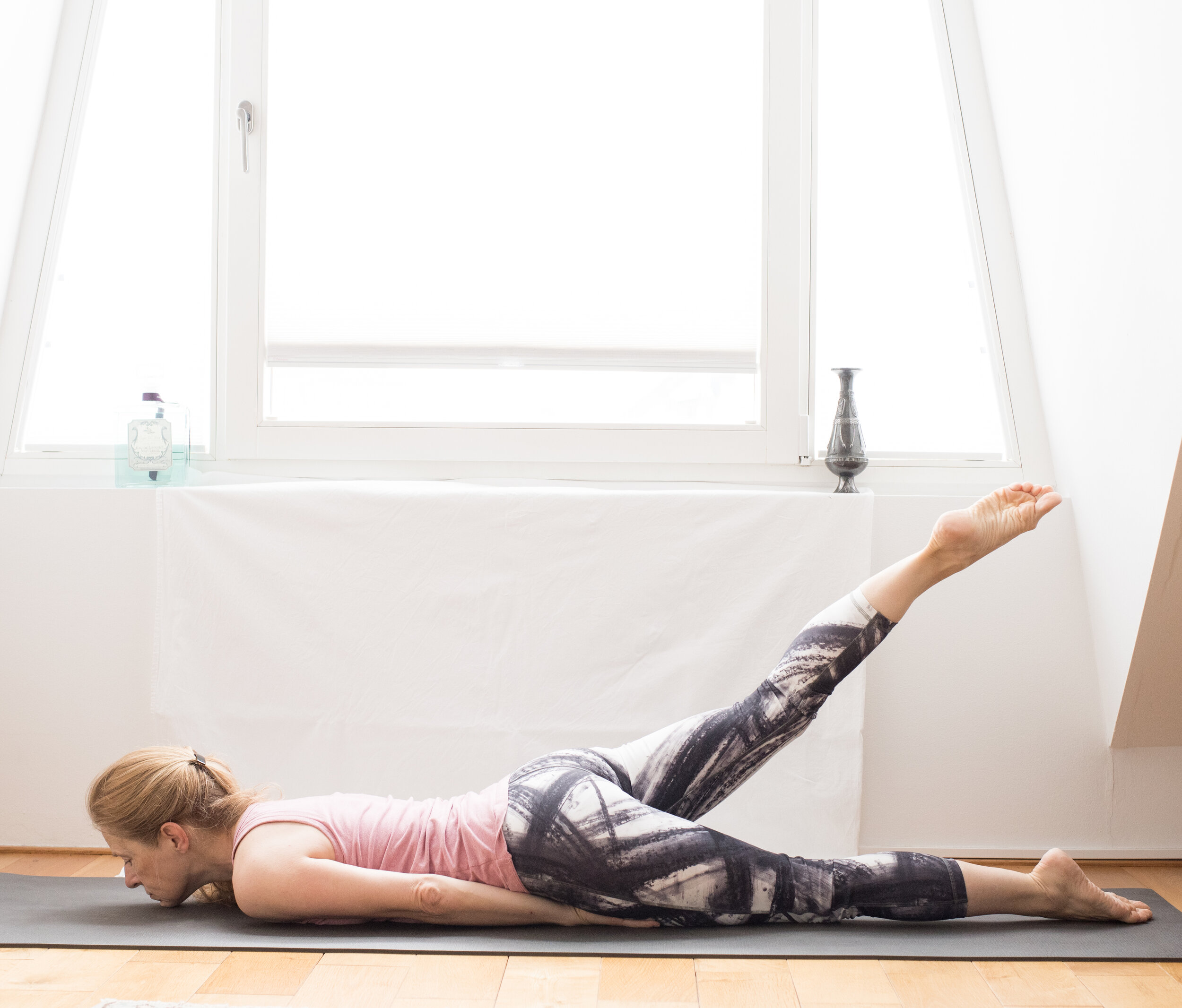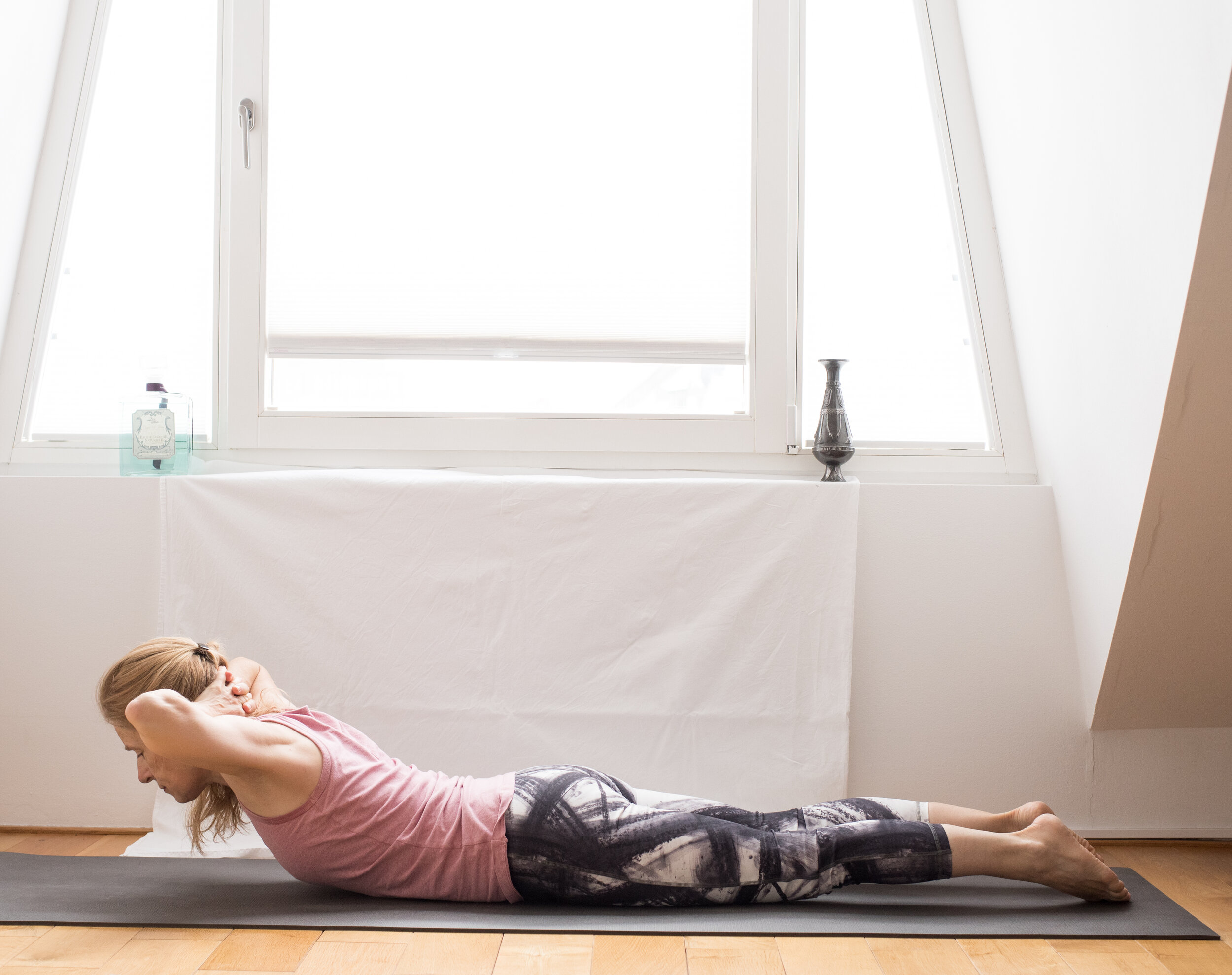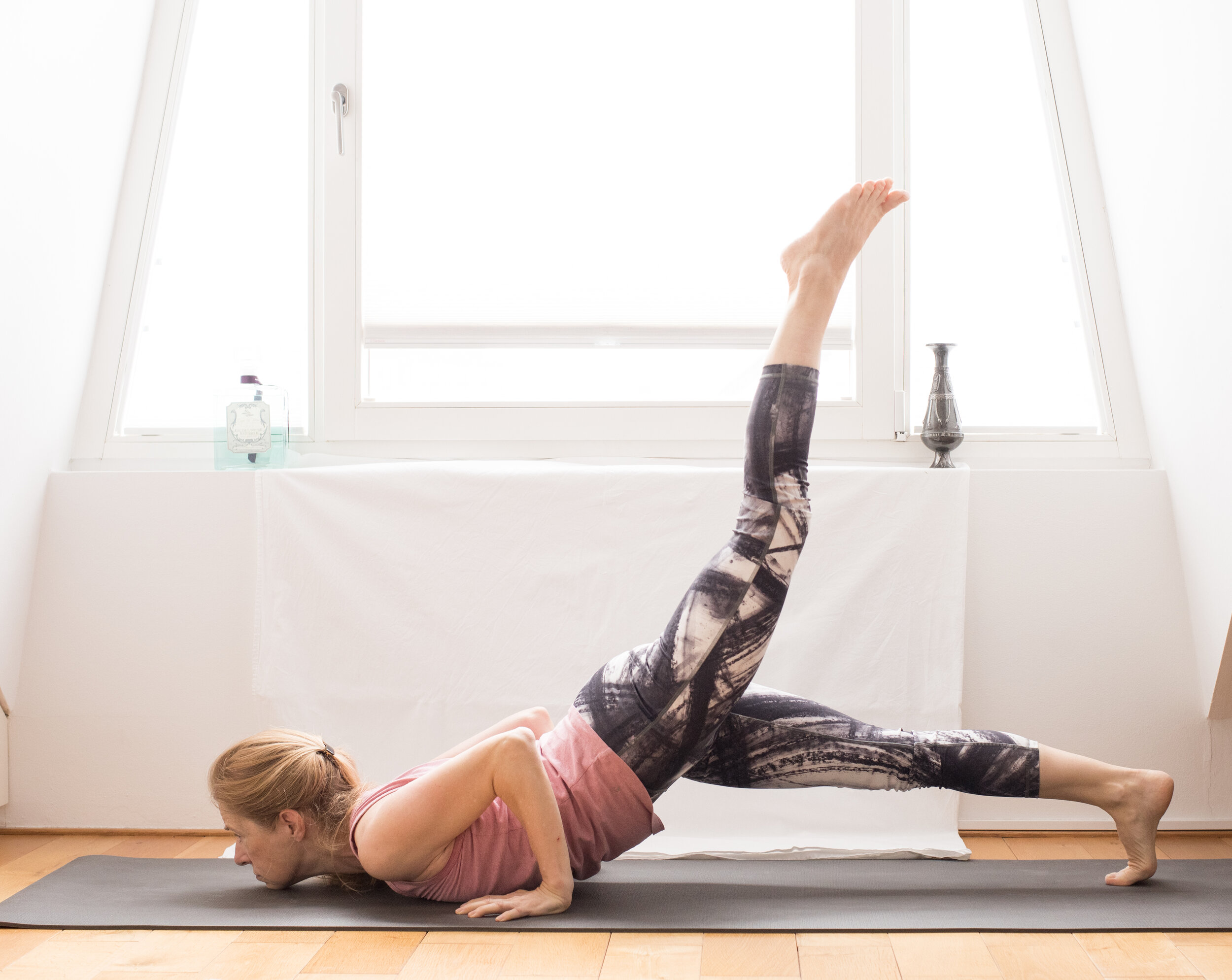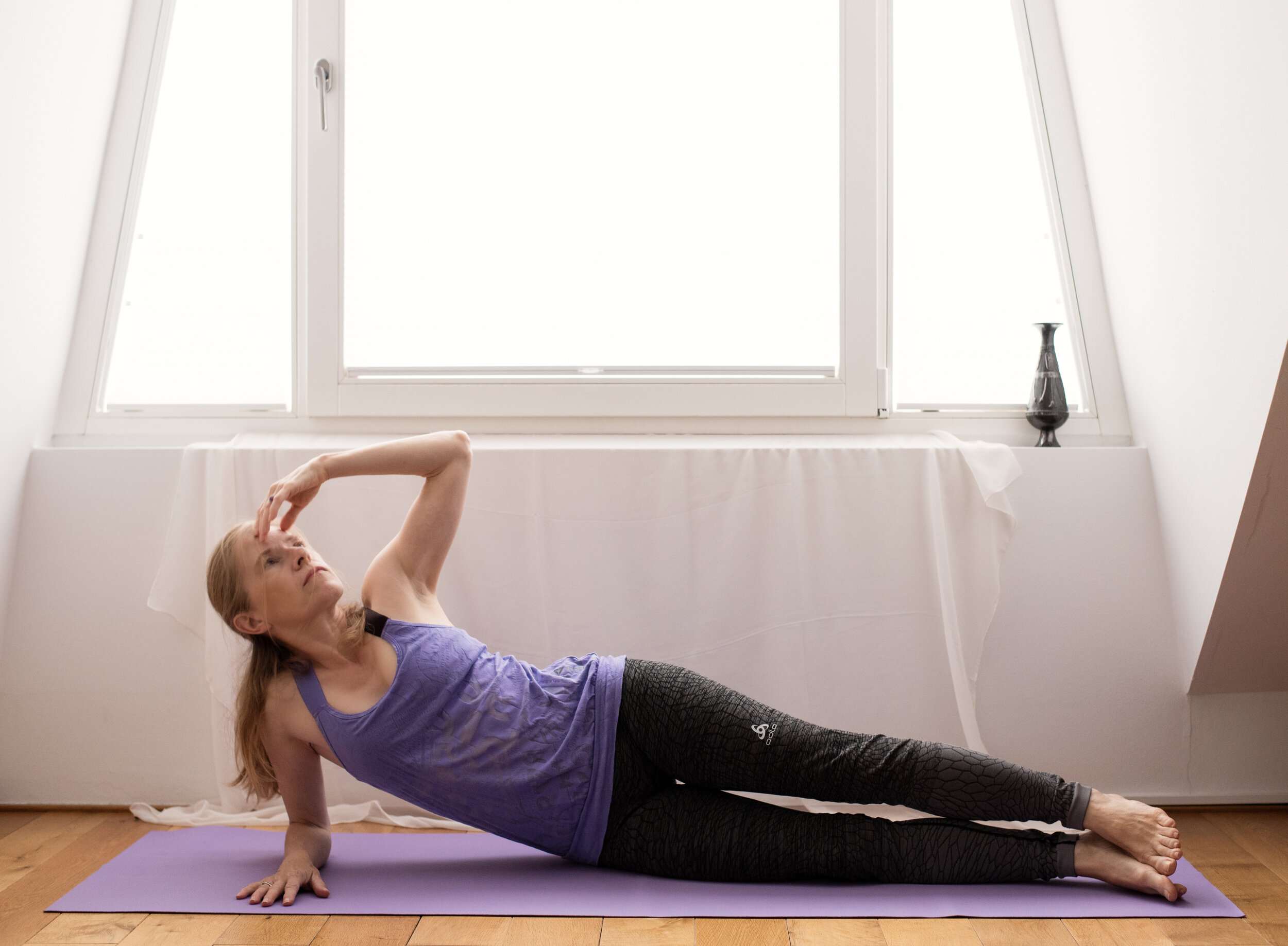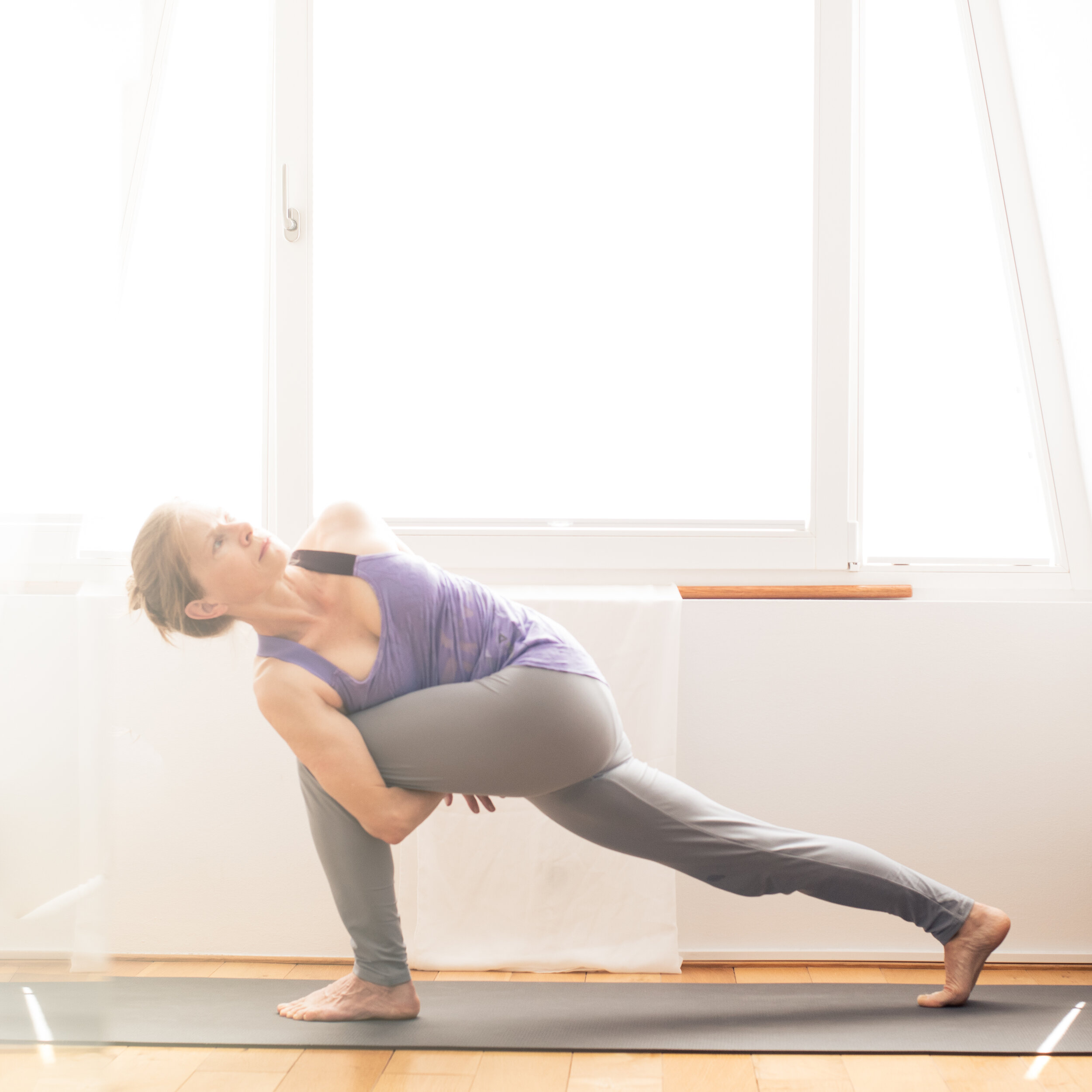Marichyasana A
Less things mean more time.
During the last weeks I decluttered. A lot of things had to go. This project is not yet finished, yet I progressed a lot.
As a yogini I always learn to focus. Too much distraction spoils every life. Too much of anything creates stress.
Also the yoga meditation cushion had to go. I had never used it. These days we’re bombarded with ads. A thousand times we see and hear It on a daily basis. Buy, buy, buy. One might not be a daily shopper, but over time things become more and more. Time to look around and to let go of those things that are neither loved nor needed.
I was so astonished, but a lot of things belong to the last century. I had cassettes. Nobody has a cassette recorder anymore. All the dictionaries are out of date. Everybody looks up vocabulary online.
Things need attention. They have to be cleaned. Books scream: you wanted to read me. Unfinished knitting projects become a burden over time. All the kitchen tools must be cleaned. And there are the baking forms that told me every time when I saw them: Bake a cake, home-made is better. But no. I don’t want to become a baker anymore. It’s enough when I prepare simple, delicious meals. I won’t knit anymore. One cannot do everything. Bit by bit I created more time and also more space. Letting go of things, habits, unfinished projects is so relaxing. First one has go through all the stuff and this is not always easy. But after a while simplicity feels like freedom.
During breaks I don’t lose so much flexibility, but strength. I feel ready again to practice. Todays morning practice was wonderful.







